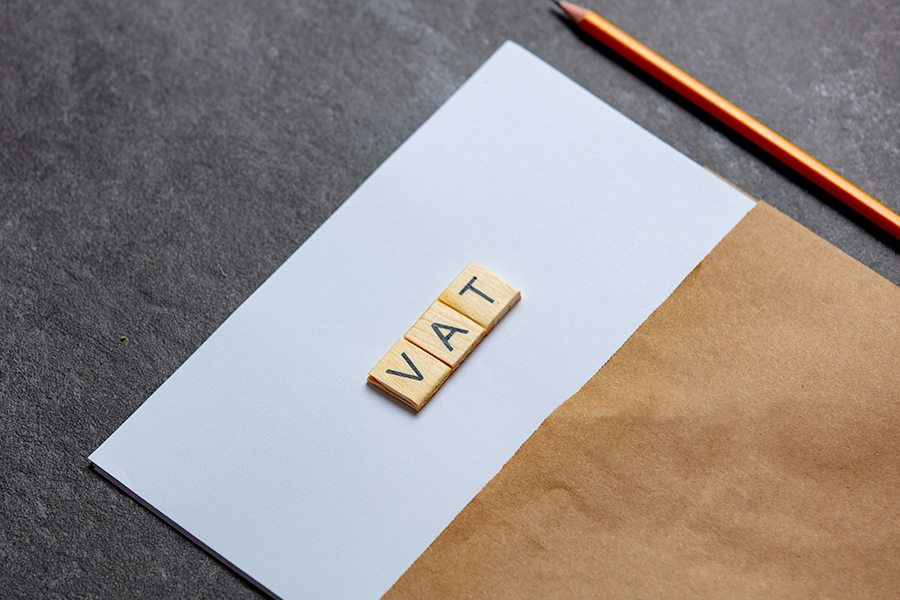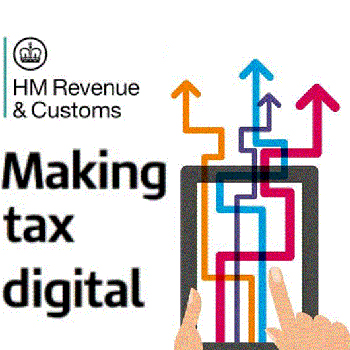Value Added Tax (VAT) is a tax added to most products and services sold by VAT-registered businesses. Once your VAT taxable turnover goes above £90,000, your business must register for VAT. You can also choose to register if your turnover is less than £90,000. However, there are several VAT schemes you could sign up to so making sure you chose one that best suits your business is important.
What is VAT?
VAT is a sales tax which VAT-registered sellers must charge their customers based on the value of the taxable services or goods they supply to them. The business takes the VAT from the customer on top of the sale price, and then pays the VAT element on to HMRC. This why registering for VAT can affect your sale price!
If you’re VAT-registered, you’ll need to submit VAT returns to HMRC which show how much VAT you have charged. The return will also show how much VAT you paid to your suppliers on any purchases.
What are VAT schemes?
Choosing the right VAT scheme is important for how your business claims back tax and depends on how your business operates. It can help make your VAT accounting much simpler, and help you improve cash flow in your business. VAT schemes are… Schemes differ on their specific eligibility conditions as well as the rules and reporting requirements.
Keeping a record of your sales is important for VAT schemes,
What is the Flat Rate scheme?
The VAT Flat Rate Scheme lets you work out what you owe HMRC in VAT as a percentage of your gross turnover.
You can only use this scheme if you’re a small business with an annual taxable turnover of £150,000 or less excluding VAT. The amount of VAT you pay depends on your industry but it’s particularly popular with small businesses because it’s easier to understand than other schemes, and there’s usually less paperwork.
The Flat Rate Scheme means you pay the VAT to HMRC as a flat rate so you can simply keep the difference if you collect more VAT from customers than you need to pay.
What is the VAT Cash Accounting Scheme?
Usually, the amount of VAT you pay HMRC is the difference between your sales invoices and purchase invoices. You must report these figures and pay any money to HMRC even if the invoices have not been paid. With this scheme you pay VAT on your sales when your customers pay you and reclaim VAT on your purchases when you have paid your supplier.
To join this scheme your VAT taxable turnover must be £1.35 million or less, and you can only remain in the scheme if it stays below £1.6 million. This scheme means keeping good VAT records for payment dates as well as invoice dates.
What is the VAT Annual Accounting Scheme?
With the VAT Annual Accounting scheme you make advance payments towards your bill throughout the year and then submit a single VAT return at the end of the 12 month period. If you’ve overpaid, you’ll be able to request a refund.
This scheme does keep submission of records much simpler, but it does mean you’ll only be able to reclaim VAT on an annual basis. Similarly to the Cash Accounting Scheme, you can only join this scheme when your VAT taxable turnover is more than 1.25 million and less than 1.6 million.
What is the best VAT scheme for my business?
VAT schemes can be confusing at first glance, and that’s why we’re here to help! Choosing the right scheme depends on how your business operates, and what your turnover is.
There are also retail schemes that may be available to your business, but again this depends on sales, resales and turnover.
If you feel one of the above schemes would benefit your business, or you would like for more information – please get in contact today.
Email us info@future-cloud.co.uk, or give us a call on 01636 337069!
We hope this has been useful!


